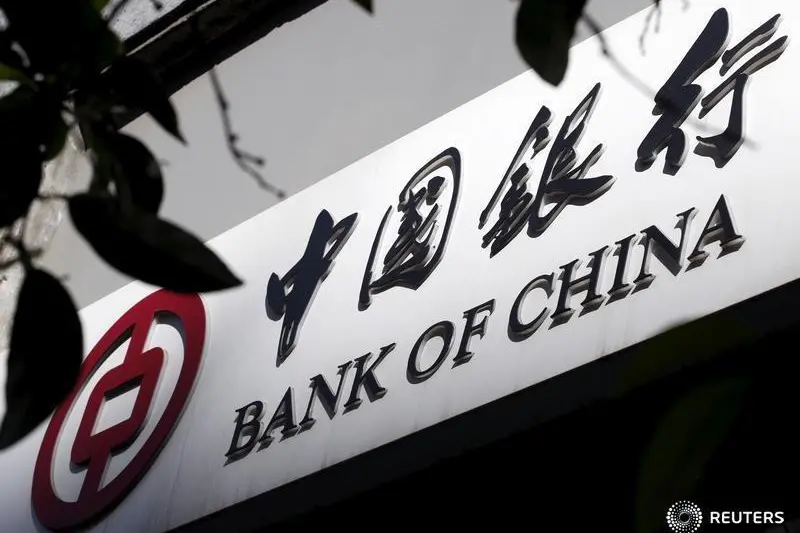PHOTO
China's central bank stepped up liquidity injections on Monday, offering more loans to some banks through its medium-term lending facility - a move that comes ahead of the Lunar New Year when companies and households typically seek more funds.
The move also comes amid expectations that Chinese authorities will do more to stimulate the country's COVID-ravaged economy. The central bank, however, kept the interest rate on the loans unchanged for a fifth straight month.
The People's Bank of China (PBOC) said it has offered 779 billion yuan ($116 billion) worth of loans through its one-year medium-term lending facility (MLF) at an interest rate of 2.75%.
With 700 billion yuan worth of MLF loans set to expire this month, the operation resulted a net 79 billion yuan fresh fund offering.
The move aimed to keep liquidity in the banking system "reasonably ample" and fully met financial institutions' cash demand, the central bank said in an online statement.
In a poll of 25 market watchers last week, the vast majority of participants had expected the central bank to at least maintain current liquidity in the banking system through the operation.
China's central bank has pledged to take further measures to boost market confidence and increase support for manufacturers and small companies, Xuan Changneng, a PBOC deputy governor said on Friday, as hopes grow that the economy will stage a solid rebound this year.
The MLF rate is often taken as a guide to the benchmark loan prime rate (LPR), which will have its monthly fixing on Friday.
Frances Cheung, rates strategist at OCBC Bank, saw few clues in Monday's operation about the LPR, adding that the LPR could be cut by 5 to 10 basis points, especially the five-year tenor given the government's policy focus on the property sector.
The five-year LPR influences the pricing of mortgages and the government has recently rolled out a slew of stimulus measures to aid the troubled housing sector.
Analysts at Barclays said in a client note that they expect the government to step up fiscal policy support and the PBOC to stay accommodative with more credit policy easing to stabilize credit growth. "We think a 10 basis-point (bp) cut in policy rates in Q1 can't be ruled out given weak domestic demand amid COVID waves," they said.
Investors also anxiously await the release of China's full-year gross domestic product (GDP) and other key economic indicators due on Tuesday.
Analysts polled by Reuters expect China's economic growth likely grew just 2.8% in 2022 amid widespread lockdowns, well below the official target of around 5.5%. But they predicted a sharp rebound of 4.9% growth this year, before steadying in 2024.
The central bank also injected 156 billion yuan worth of short-term liquidity on Monday, including 82 billion yuan of seven-day reverse repos and another 74 billion yuan via the 14-day tenor, it said the statement.
($1 = 6.7010 yuan) (Reporting by Winni Zhou and Brenda Goh; Editing by Kim Coghill and Edwina Gibbs)





















